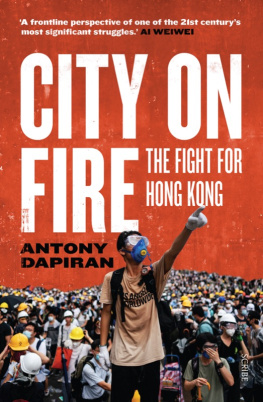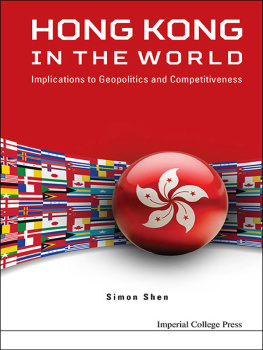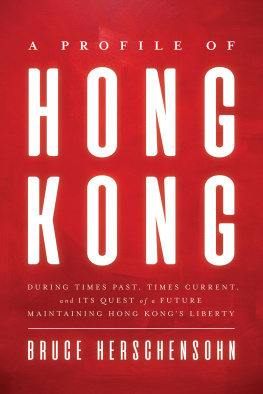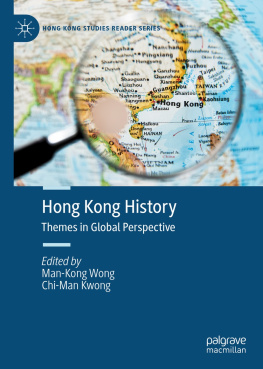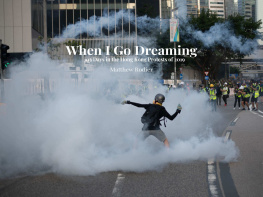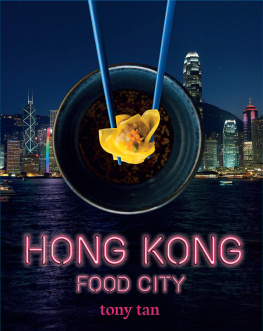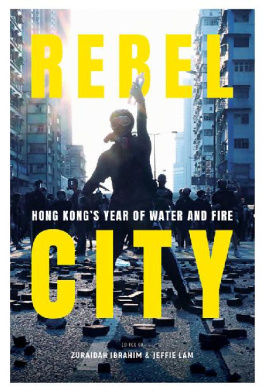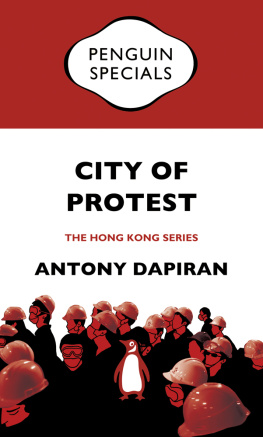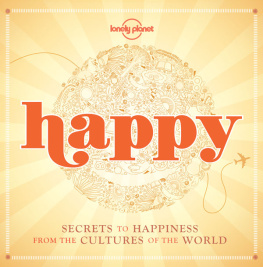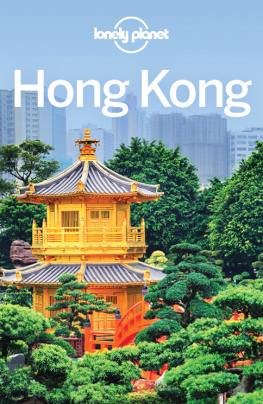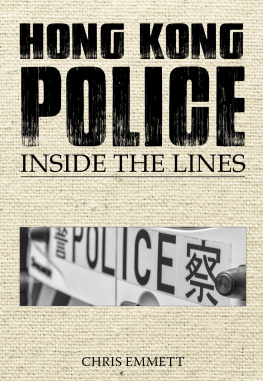
CITY ON FIRE
Antony Dapiran is an Australian author and lawyer and longtime resident of Hong Kong. One of the worlds leading observers of Hong Kong politics, he has written about the protests for many publications, including The Atlantic , The Guardian , New Statesman , and The Australian Financial Review , been interviewed by national television networks such as the BBC, CNN, and the ABC, and been quoted on the subject by leading media outlets around the world, including The Times , The Wall Street Journal , The New York Times , The Washington Post , and the Financial Times .
Scribe Publications
1820 Edward St, Brunswick, Victoria 3056, Australia
2 John St, Clerkenwell, London, WC1N 2ES, United Kingdom
3754 Pleasant Ave, Suite 100, Minneapolis, Minnesota 55409, USA
First published by Scribe 2020
Text and internal photographs copyright Antony Dapiran 2020
All rights reserved. Without limiting the rights under copyright reserved above, no part of this publication may be reproduced, stored in or introduced into a retrieval system, or transmitted, in any form or by any means (electronic, mechanical, photocopying, recording or otherwise) without the prior written permission of the publishers of this book.
The moral rights of the author have been asserted.
9781922310002 (Australian edition)
9781913348113 (UK edition)
9781950354276 (US edition)
9781925938241 (ebook)
Catalogue records for this book are available from the National Library of Australia and the British Library.
scribepublications.com.au
scribepublications.co.uk
scribepublications.com
CONTENTS
Prologue:
Epilogue:
A NOTE ON LANGUAGE
Unlike standard Mandarin Chinese (or Putonghua ), for which mainland China adopts the Hanyu Pinyin system of romanisation, there is no universally agreed-upon romanisation system for Cantonese, the variant of the Chinese language spoken in Hong Kong and more widely across Chinas Guangdong province. A number of romanisation systems for Cantonese have been developed over the years, each with their own benefits and weaknesses. In this book, I have chosen to adopt the most modern, and relatively widely accepted, Jyutping system of romanisation (but omitting tone indicators for the sake of concision). This should enable the Anglophone reader reasonably to approximate the Cantonese pronunciation of Chinese as it is spoken on the streets of Hong Kong, provided that the reader bears in mind one important rule: in Jyutping, the letter j is pronounced as y (consistent with the International Phonetic Alphabet).
That said, I have occasionally used Hanyu Pinyin (again, omitting tone markings) when referring to mainland names or places, or when quoting phrases originally spoken in Mandarin.
Monetary amounts in the text are stated in Hong Kong dollars. At the time of publication, approximate currency-conversion rates were as follows:
- Australian dollars: $1.00 was equivalent to HK$5.00
- British pounds: 1.00 was equivalent to HK$10.00
- US dollars: $1.00 was equivalent to HK$8.00
PREFACE
The question of what to call the protest movement that began in Hong Kong in June 2019 has been a vexed one for writers and commentators. The protests were initially referred to as the Anti-Extradition Bill Protests, reflecting the cause that was the catalyst for the movement. However, the protesters demands quickly expanded beyond just the extradition bill, and the protests continued long after the bill was suspended and then withdrawn. Hong Kongs Summer of Discontent seemed an appropriate name, but summer soon gave way to autumn and then to winter, with no end to the protests in sight.
The protests that Hong Kong witnessed in 2014 came to be known as the Umbrella Movement, and in 2019 commentators again looked for a similar icon that might lend its name to the movement: some (including the present author) proposed the Hard Hat Revolution, after the distinctive yellow hard hats worn by protesters that became emblematic of the movements visual identity. Others advocated for Water Revolution, in homage to the protesters Bruce Leeinspired Be water! philosophy. Both seemed a touch contrived.
Neither Anti-government protests nor Anti-China protests seemed sufficiently specific, and as the months wore on many also pointed out that the events of 2019 seemed to have long outgrown the descriptor of protests; this was a city-wide uprising. However, to call it the Hong Kong Uprising (or variants on that term) surely risked being melodramatic.
In the end, simplicity seems to be the most appropriate course. The Maoist-inspired protests that rocked Hong Kong in 1967 came to be known simply as the 1967 riots. It would appear that, at least for now, the 2019 protests is the appropriate term, especially for use in a book that covers events current to and concluding with the end of that calendar year.
As we move into 2020, protests are still continuing in Hong Kong, and the movement that began in 2019 may yet find its historical destiny and its name. But that will be the topic for another book.
PROLOGUE
CITY OF TEARS
Tear gas rounds describe a graceful arc as they drop down out of the blue sky, trailing feathery tails of smoke like streamers. The shells hit the road with a ping, and sparks fly as they skip gaily along the asphalt. As they roll to a stop, the shells hiss like an angry snake, dense smoke pouring out of the top of the small aluminium canister, and soon the street is enveloped in clouds of smoke.
The most important thing to understand about tear gas is that it is not a gas. It is a substance, a sort of powder, delivered in the form of smoke from a burning tear gas shell. That powder is 2-chlorobenzylidene malononitrile known as CS a compound developed and tested at the United Kingdoms notorious Porton Down military facility. As the tear gas canister burns, which it does for around one minute, it spreads smoke containing tiny particles of CS that spread and stick: to clothes, to skin, to surfaces.
If you get caught in a cloud of tear gas, the first thing you feel is a stinging in your eyes a feeling akin to handling raw chilli peppers and then touching your eyes. You will reflexively close your eyes as they begin to stream with tears. Next, you will feel the burning in your nose and throat. You will choke and cough as the tear gas attacks your mucous membranes, and you will be gripped with the sense that you cannot breathe. At the same time, you will feel your skin prickling like a bad case of sunburn. Finally, if you are unlucky enough to get a real lungful, you will be overcome with nausea; you will start to gag and spit, perhaps vomit. But most important, from the deployers point of view, will be your psychological reaction to tear gas. Tear gas obliterates the solidarity of the crowd. When you are hit with tear gas, no longer are you a member of a group gathered together with a common purpose. You are alone, your mind blank, all prior thoughts replaced with only one: the need to get away. Eyes closed, coughing, choking, blinded, and stumbling, you will run.
As well as having a psychological effect on those being gassed, tear gas also has a psychological effect on those deploying it and those looking on, either in person or through the media. By creating a scene of violence and chaos, tear gas works to objectify the crowd, turning it from a group of human beings into a seething, writhing mass. Tear gas also helps to turn a protest into a riot and therefore makes it a legitimate target for further state violence.
Understanding this perhaps helps to explain why Hong Kong police deployed so much tear gas on the citizens of the city in the course of 2019, often when the crowd was not violent, not charging police lines sometimes even when the streets were totally empty. It helped to justify the polices own actions: ordered to deploy force against the people, tear gassing those people turned them from fellow Hong Kong citizens, with whom they might sympathise, into an objectified other, into criminals.
Next page
